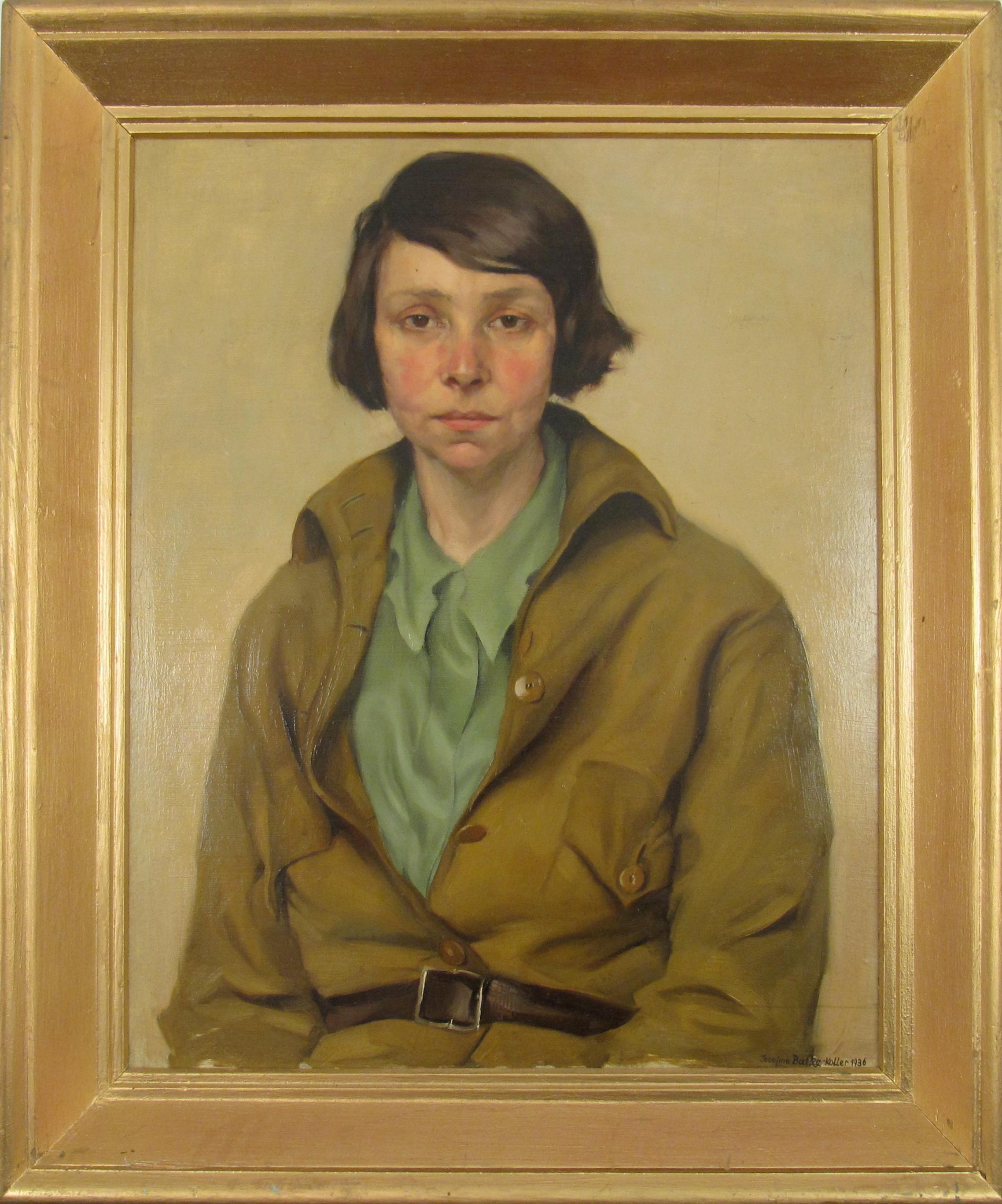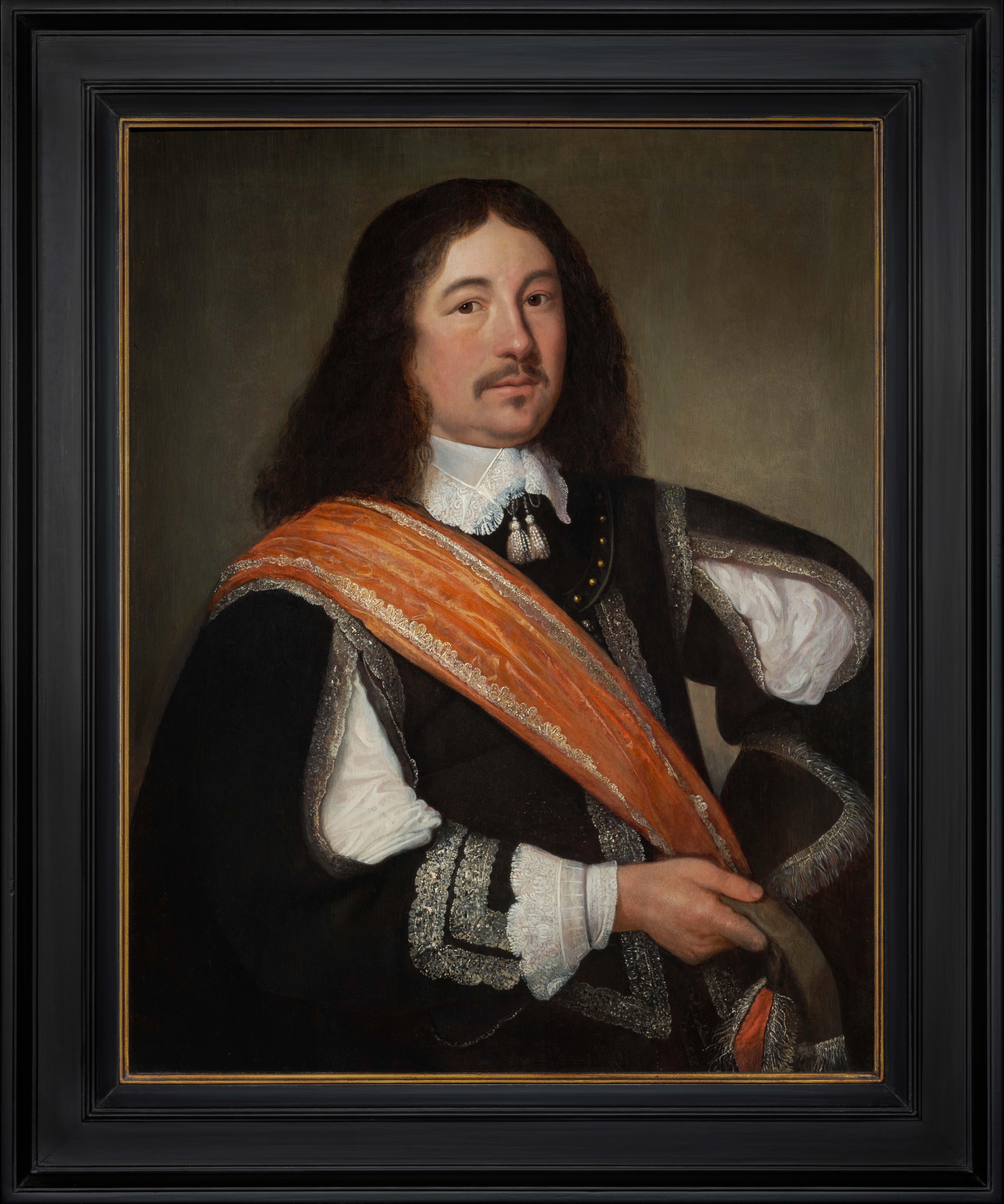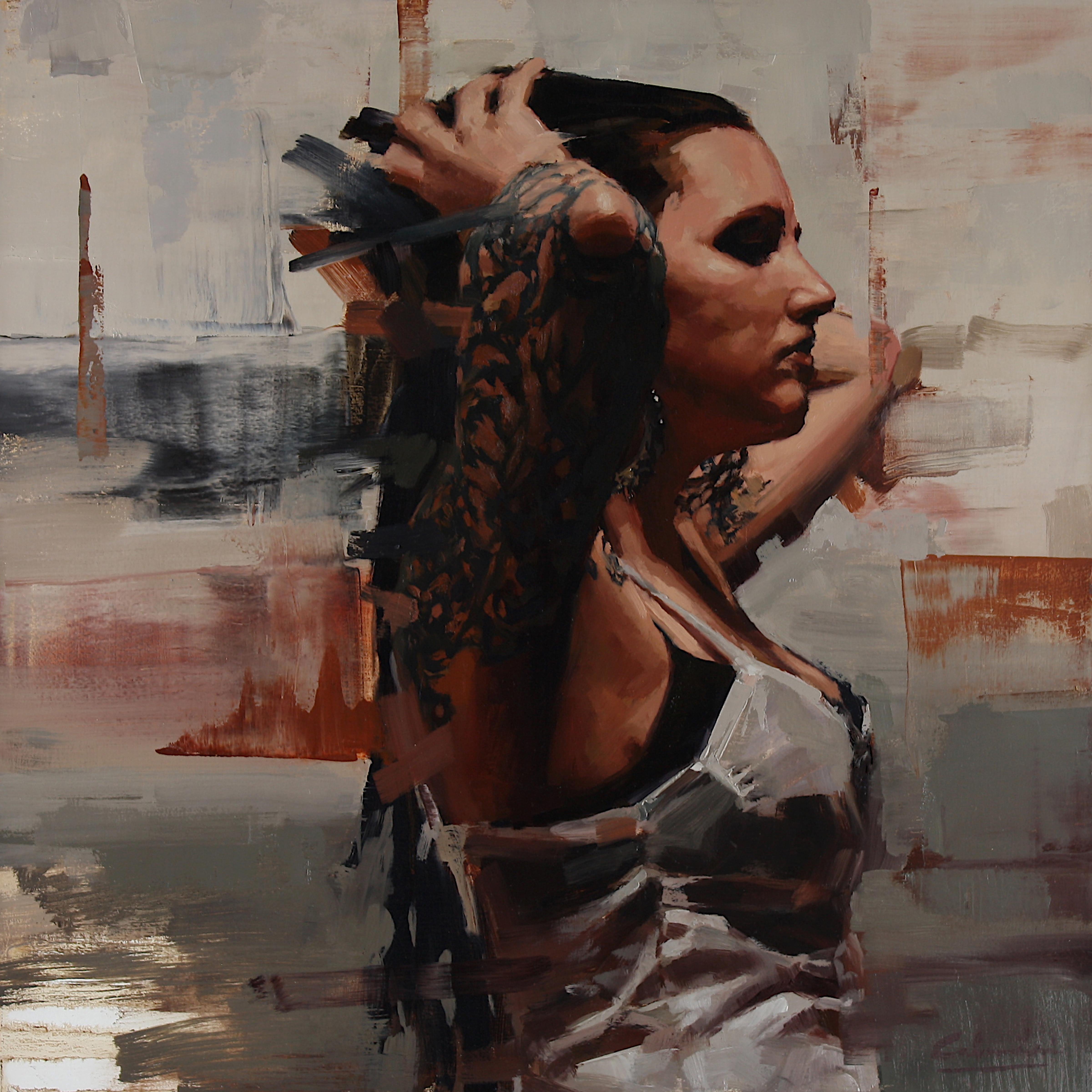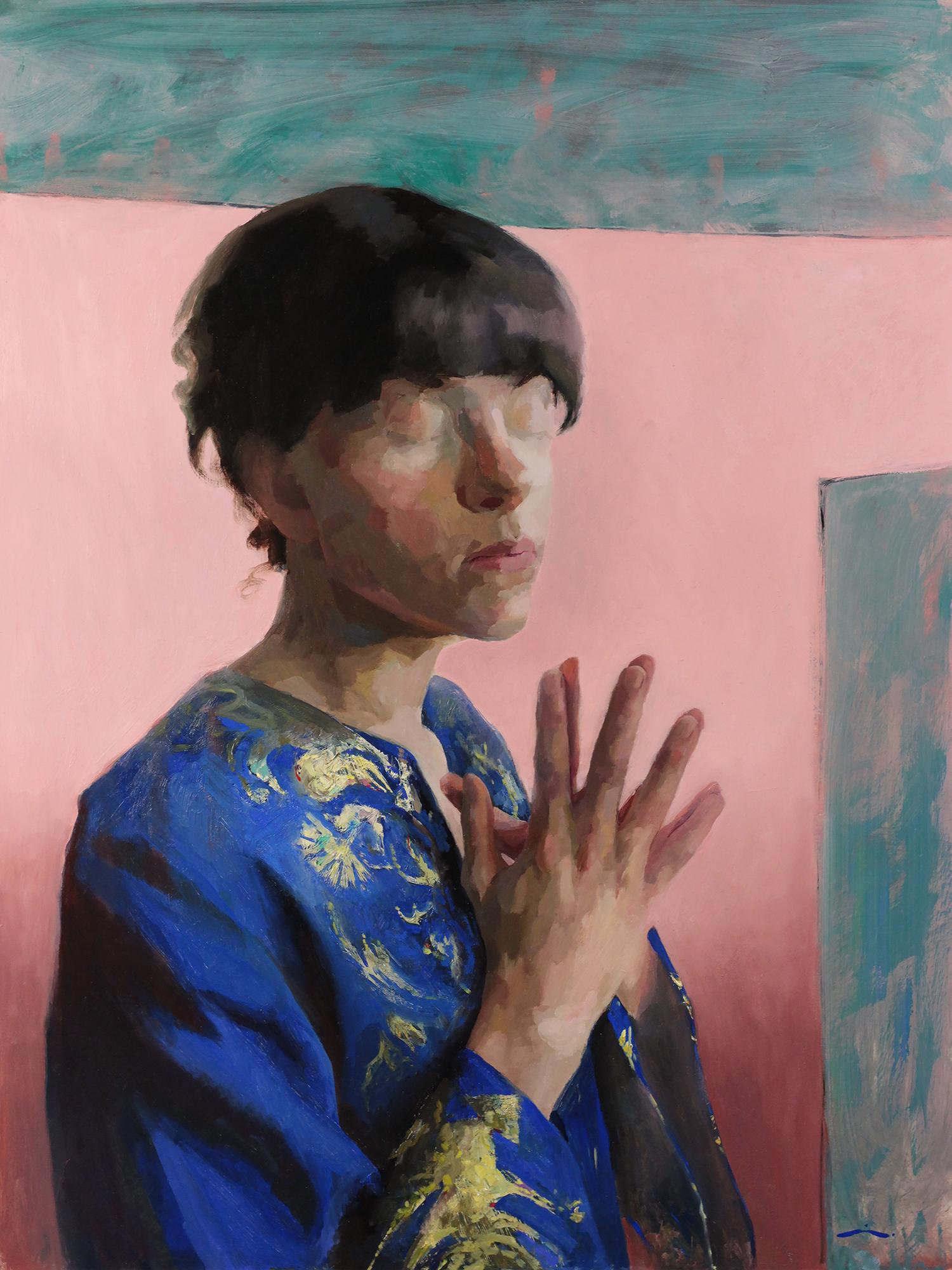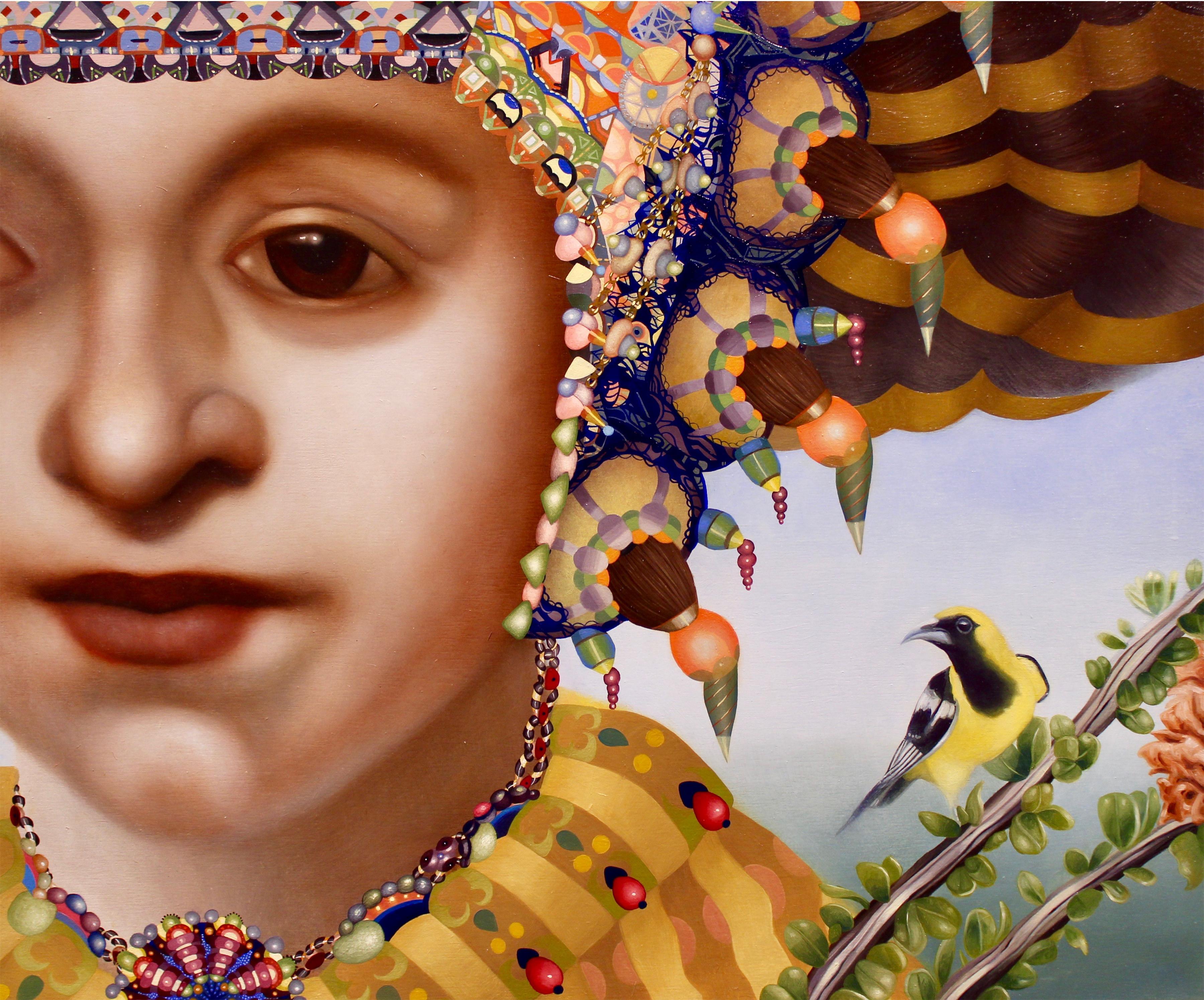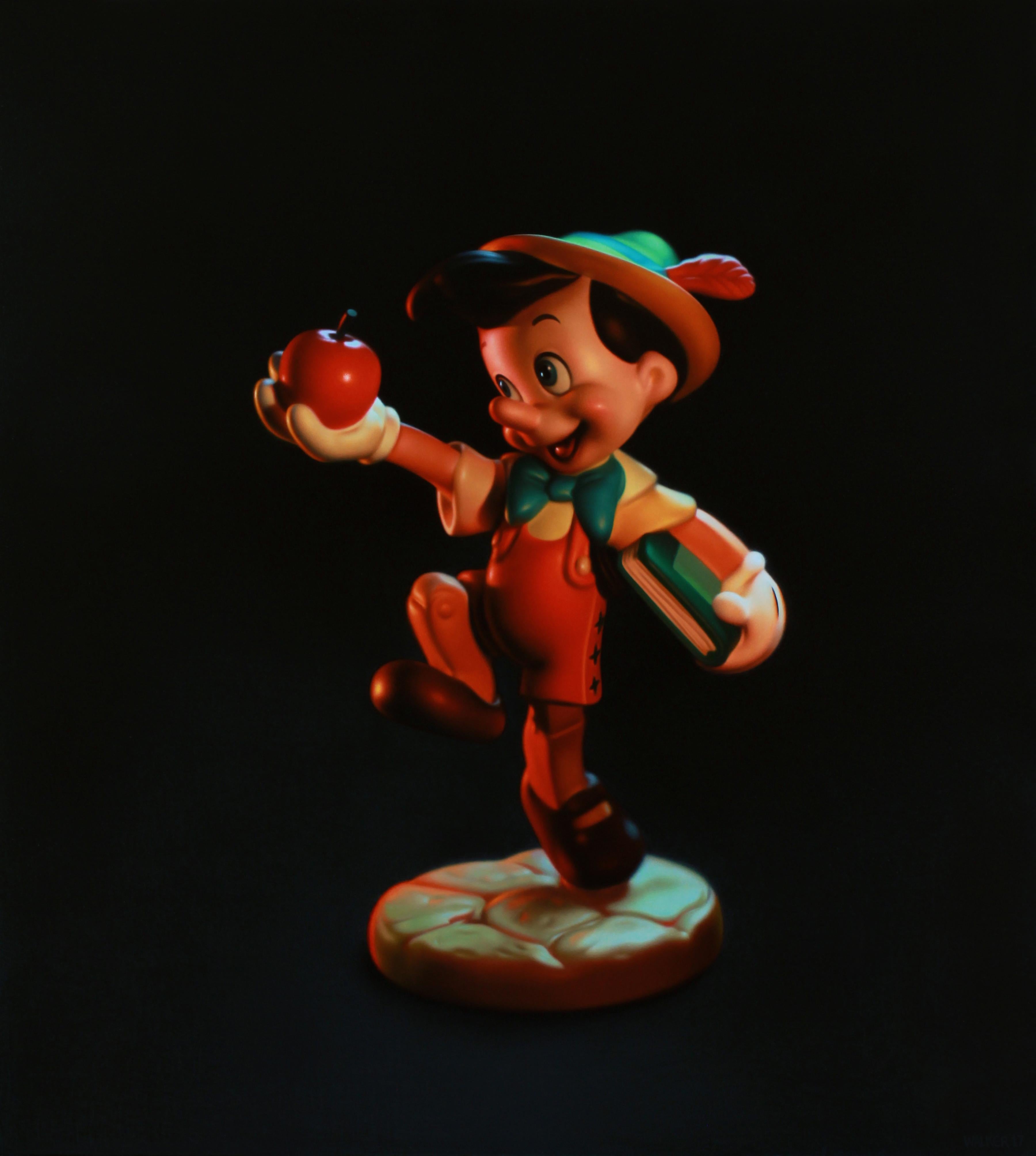Items Similar to The Coronation Of The Virgin, 17th Century
Want more images or videos?
Request additional images or videos from the seller
1 of 8
The Coronation Of The Virgin, 17th Century
About the Item
The Coronation Of The Virgin, 17th Century
After Guido RENI (1575-1642)
Fine Huge 17th Century Italian School Old Master depiction of the coronation of the Virgin, oil on panel. Stunning composition of the Virgin in ascension toward the heavens, crowned by cherubs and witnesses by the attending angels. Exquisite detail throughout and good original condition for its age. On an early split panel. Presented in an antique gilt frame. Similar to Reni's 1607 work held in the National Gallery with some variations including the palette.
Measurements: 48" x 34" framed
- Dimensions:Height: 48 in (121.92 cm)Width: 34 in (86.36 cm)
- Medium:
- After:Guido Reni (1575 - 1642)
- Period:
- Condition:
- Gallery Location:Blackwater, GB
- Reference Number:
About the Seller
4.8
Platinum Seller
These expertly vetted sellers are 1stDibs' most experienced sellers and are rated highest by our customers.
Established in 2008
1stDibs seller since 2021
201 sales on 1stDibs
Typical response time: 1 hour
- ShippingRetrieving quote...Ships From: Blackwater, United Kingdom
- Return PolicyA return for this item may be initiated within 14 days of delivery.
More From This SellerView All
- Portrait Of A Lady, Stilte Family, 17th Century by Jan Cornelisz VERSPRONCKLocated in Blackwater, GBPortrait Of A Lady, Stilte Family, 17th Century by Jan Cornelisz VERSPRONCK (1597-1662) Large 17th Century Dutch Golden Age portrait of a lady identified as a member of the Stilte family, oil on cradled panel. Excellent quality and condition portrait of the lady wearing a ruff and cap with elaborate lace work and a gilded embroided dress...Category
17th Century Portrait Paintings
MaterialsPanel, Oil
- Portrait Of Baron Dudley North, 16th Century English SchoolLocated in Blackwater, GBPortrait Of Baron Dudley North, 16th Century English School Huge 16th Century Portrait of Dudley North, 3rd Baron North, attired for an Accession Day Tilt with a favour, traditiona...Category
16th Century Portrait Paintings
MaterialsOil, Panel
- By The Light Of The Lantern, 19th Century European Oreintalist SchoolLocated in Blackwater, GBBy The Light Of The Lantern, 19th Century European Oreintalist School Large 19th Century European Orientalist portrait of a woman at night illuminated by her lantern, oil on panel....Category
19th Century Portrait Paintings
MaterialsPanel, Oil
- Saint Catherine Of Alexandria, 16th Century Italian School - one of a pairLocated in Blackwater, GBSaint Catherine Of Alexandria, 16th Century Italian School - one of a pair 16th Century Italian School depiction of Saint Catherine Of...Category
16th Century Portrait Paintings
MaterialsOil, Panel
- Madonna & Child St Jerome St Francis, Archangel Michael, St John, TriptychLocated in Blackwater, GBMadonna & Child St Jerome St Francis, Archangel Michael, St John, Triptych 15th Century follower of BENVENUTO DI GIOVANNI (1436-1518) Sienese School Large 16th Century Italian Ren...Category
16th Century Portrait Paintings
MaterialsPanel, Oil
- Court Portrait Of Robert Dudley, 1st Earl Of Leicester (1532-1588) ElizabethanLocated in Blackwater, GBCourt Portrait Of Robert Dudley, 1st Earl Of Leicester (1532-1588) English School Oil On Panel Large antique portrait of Robert Dudley, 1st ea...Category
18th Century Portrait Paintings
MaterialsOil, Wood Panel
You May Also Like
- Josefine Batke - Koller (Austrian, 1897-1976) Jewish Brigadist Oil Painting 1936By Josefine Batke-KollerLocated in Meinisberg, CHJosefine Batke - Koller (Austrian, 1897-1976) Portrait of a Young, Jewish Communist Brigadist from the Spanish Civil War • Oil on panel ca. 60 x 49 cm • Frame ca. 75 x 62 cm • Sign...Category
1930s Naturalistic Portrait Paintings
MaterialsOil, Wood Panel
- Portrait Gentleman Black Coat Orange Sash, Dutch Old Master, Oil on Panel c.1650By Bartholomeus van der HelstLocated in London, GBThis exquisite portrait of a gentleman depicted in a sumptuous black coat edged with silver and slashed sleeves is an excellent example of the type of portrait fashionable in England and the Low Countries during the 17th century. The confident pose, striking orange sash - the colour of the house of Orange Nassau - and the leather gorget imbue the sitter with a sense of masculinity and power. The profusely decorated costume is of the highest quality and de rigueur of an elite class - the artist has carefully cultivated this portrait to emphasise the sitter’s wealth and standing in the society that he belonged to. The casual pose, with one arm resting on a hip, is much less formal than earlier decades, and it speaks of ‘sprezzatura’ – one’s appearance should not appear laborious, but instead, effortless. The oil on cradled panel portrait can be dated to circa 1650 based on the hairstyle and the attire - small falling collar, short doublet (doublets reduced in size to just below the ribcage in the late 1650’s), and the type of slashed sleeves with the sleeve seams left open to reveal the white fabric. The demand for portraits in the Netherlands was great in the 17th century. Bartholemeus van der Helst was considered to be one of the leading portrait painters of the Dutch Golden Age surpassing even Rembrandt as the most sought-after portraitist in Harlaam. The Dutch Golden Age, roughly spanning the 17th century, was a period when Dutch trade, science, military, and art were among the most acclaimed in the world. Dutch explorers charted new territory and settled abroad. Trade by the Dutch East-India Company thrived, and war heroes from the naval battles were decorated and became national heroes. During this time, The Dutch Old Masters began to prevail in the art world, creating a depth of realistic portraits of people and life in the area that has hardly been surpassed. The Golden Age painters depicted the scenes that their discerning new middle-class patrons wanted to see. This new wealth from merchant activities and exploration combined with a lack of church patronage, shifted art subjects away from biblical genres. Still life’s of items of everyday objects, landscapes, and seascapes reflecting the naval and trade power that the Republic enjoyed were popular. The new wealthy class were keen to have their portraits commissioned and many artists worked in this lucrative field. Such was the popularity of art that everyone had a painting, even the humble butcher, and hundreds of thousands of paintings were produced. By tradition the sitter is Maarten Tromp (1598-1653) who was an Admiral in the Dutch Navy (the reverse of the portrait contains an old handwritten inscription “van Tromp”). Certainly, the distinctive orange sash is similar to those worn by officers of the Dutch army in the Netherlands who served under the Princes of Orange and the House of Nassau. However, it should be noted that the physiognomy differs from other images of Tromp. Tromp was the oldest son of Harpert Maertensz, a naval officer and captain. He joined the Dutch navy as a lieutenant in July 1622 and was later promoted from captain to Lieutenant-Admiral of Holland and West Frisia in 1637. In 1639, during the Dutch struggle for independence from Spain, Tromp defeated a large Spanish fleet bound for Flanders at the Battle of the Downs, which marked an enormous change - the end of Spanish naval power. He was killed in action during the First Anglo-Dutch War in 1653 where he commanded the Dutch fleet in the battle of Scheveningen. Gloves were an absolutely vital accessory and the elaborate pair in this portrait are embellished with threads of silk and precious metals and salmon-coloured lining. He wears only one glove and holds the other, providing an opportunity to better display the cuffs and detail on his right wrist and forearm. The gloves are probably made from the most prized leather which came from Spain, in particular from Cordova. Cordovan leather was tanned with a special vegetal process that left it both highly impermeable and divinely soft. King Charles I, posed in a rather relaxed manner for Daniel Mytens’s portrait in 1631, is wearing gloves and boots in matching Cordovan leather. The hide is thick, but you can see just how supple it is from the way the gauntlet dimples and the long boot legs fold over themselves, rippling and wrinkling at the ankles. Apart from keeping hands warm the use of gloves during the 15th through the 19th centuries were full of symbolism and they were worn regardless of the season. They kept the skin unblemished - soft, smooth hands were considered highly attractive. This combination of necessity and proximity to bare skin made gloves a deeply personal gift and they took on a strong symbolic significance and were regarded as emblematic of fidelity and loyalty for hundreds of years. Such was the importance of their symbolism was that some gloves were never intended to be worn at all. Their luxury made them ideal gifts at court, and so in the 15th and 16th centuries, ambassadors often presented them as symbols of loyalty. Until the mid-19th century, it was customary to give gloves as tokens to guests at weddings and to mourners at funerals. Gentleman often gifted their bride-to-be with a pair of gloves (the obligatory gift) and were handed over at the betrothal and put on display before the wedding took place. It was probably their direct contact with the skin that led to the eroticism of gloves. Not only were pairs often exchanged between lovers, but from the 16th to the 18th centuries, it was common practice to remove one glove and give it as a gift to a favourite. The idea of the item being presented still warm from the wearer’s hand is certainly suggestive. Following the death of King George IV, his executors purportedly found over a thousand mismatched ladies’ gloves among his possessions. The sentiment of a 17th-century poem reveals the popularity of the practice: “Come to our wedding to requite your loves / Shew us your hands and we’ll fit you with gloves.” Such generosity might be pricey for the hosts, but gloves of varying quality could be offered depending on the status of the recipient. Pairs made with the finest Spanish leather might be reserved for immediate family, while coarse sheep’s leather could be distributed among the servants and tradesmen. The apportioning of quality according to class provided a very clear message of the gloves’ intended use. For refined guests, they were decoration; for the lower classes, they were functional. Bartholomeus van der Helst...Category
17th Century Old Masters Portrait Paintings
MaterialsOil, Wood Panel
- "Outside the Box" Oil PaintingBy Calvin LaiLocated in Denver, COCalvin Lai's (US based) "Outside the Box" is an original, handmade oil painting that depicts a woman in profile holding up her dark brown hair and revealing her heavily tattooed arms...Category
2010s American Impressionist Portrait Paintings
MaterialsOil, Wood Panel
- "Shangri-La" Oil PaintingBy Mia BergeronLocated in Denver, COMia Bergeron's (US based) "Shangri-La" is an original, handmade oil painting that depicts a lone woman, with dark bangs, holding her hand in the yoga position of Shangri-La in a pink...Category
2010s Realist Portrait Paintings
MaterialsOil, Panel
- WOMAN 26, VENEZUELAN TURPIAL - Contemporary Realism / Portrait / Yellow BirdBy Jacob HicksLocated in New York, NYOriginal Painting by Jacob Hicks Jacob Hicks (b. 1985, Midland, TX) completed his BFA in 2010 at Southern Methodist University and his MFA in 2012 at the New York Academy of Art. He...Category
2010s Contemporary Portrait Paintings
MaterialsOil, Panel
- "Pinocchio", Oil PaintingBy Jason WalkerLocated in Denver, COJason Walker's (CAN based) "Pinocchio" is an original, handmade oil painting that depicts Pinocchio figurine holding a book and apple while dancing against a black background. About the Artist: Jason Walker’s imagery reflects popular culture: from Disney’s Mary Poppins or Mickey Mouse to frosted doughnuts. As observer and conveyor of cultural icons, he is an anthropologist and his beautiful and often endearing paintings resonates with art viewers. But this Toronto artist is also an analyst. Conceived with the clear-eyed vision of a native of Nairn, Scotland, Walker’s compositions challenge viewers to consider contemporary culture. Through his iconography, Walker creates artifacts, a paint-on-canvas time capsule for future generations. His images are representational rather than abstract. His subjects from Dorothy from the Wizard of Oz to Peter Pan’s Tinker Bell are non-elitist, international, and easily identified. A portrait of our time, Walker’s renditions are intimate and lifelike, crafted with diffused edges or Old-Master chiaroscuro. Painted in Renaissance jewel...Category
2010s Realist Figurative Paintings
MaterialsOil, Panel
Recently Viewed
View AllMore Ways To Browse
17th Century Gilt
Antique Virgin
Virgin Painting
Painting Of The Virgin
Huge Antique Art
Virgin Oil Painting
Antique Heaven
17th Century Gilt Frame
Paintings Of Cherubs
Cherub Panel
Painting With Cherubs
Angel 17th Century
Antique Cherub Painting
Guido Reni
17th Century Cherub
17th Cherub
Cherub Oil Painting
Cherubs Oil Painting
